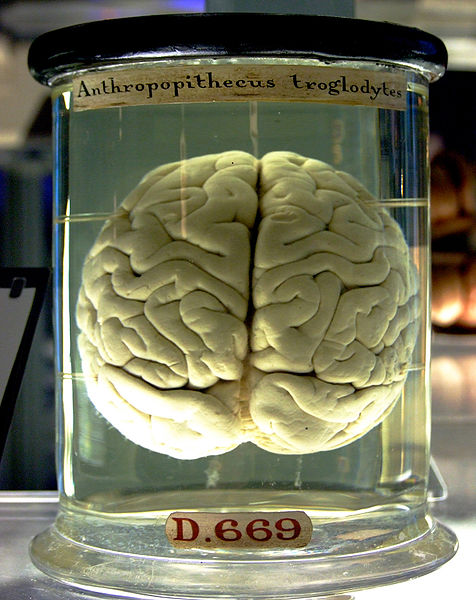With over 130,000 people suffering some paralysis as a result of spinal injury each year, devices that can bypass the spine and convert brain activity directly into coordinated movement could immeasurably improve thousands of lives. Now, research at the University of Pittsberg and Northwestern University has done just that - returning the ability to grip a ball to partially paralysed monkeys.
Functional Electrical Stimulation, or FES, has been extensively studied and deployed as a way to restore movement to paralysed limbs. The technique involves using electrodes to simulate the signals from the brain and stimulate muscles directly. Clinical systems already exist that can return limited gripping ability to patients, but these generally involve tapping into the activity of a nearby healthy muscle, and learning to use that to control the hand in a simple pinch motion. Returning the full use of the hands would be life changing.
 Writing in Nature, Lee Miller and colleagues describe how they measured the electrical activity in the hand region of the primary motor cortex of monkeys as they completed some simple tasks. Importantly, they also measured the electrical activity in the muscles that controlled the hand and forearm, allowing them to link the brain and muscle activity and therefore predict how the muscles should move in response to electrical signals in the brain.
Writing in Nature, Lee Miller and colleagues describe how they measured the electrical activity in the hand region of the primary motor cortex of monkeys as they completed some simple tasks. Importantly, they also measured the electrical activity in the muscles that controlled the hand and forearm, allowing them to link the brain and muscle activity and therefore predict how the muscles should move in response to electrical signals in the brain.
The monkeys' two tasks were simple, but needed some fine control of grip. In one task, the monkeys had to pick up a ball roughly the size and weight of an apple, and drop it into a collecting tube to get a reward. The second task measured control of how hard the monkey was gripping, and involved squeezing a flexible tube with a particular strength for a given length of time.
Once the monkeys were trained, and their brain and muscle activity measured, the symptoms of a spinal injury were temporarily mimicked by knocking out the nerves in the elbow with anaesthetic. The researchers then used functional electrical stimulation along with their predictions of the response to brain activity in order to activate the muscles in real time.This allowed the monkeys to complete both tasks again, showing that this technique can return not just a binary on/off gripping motion, but also the fine control needed to modulate grip strength. This effectively bypassed the spinal cord completely.
Knocked-out nerves are a simplistic model of spinal injury, so this will take some development before we see it in use in human patients, but this is a major step forward and proof of principle for brain-controlled functional electrical stimulation.










Comments
Add a comment